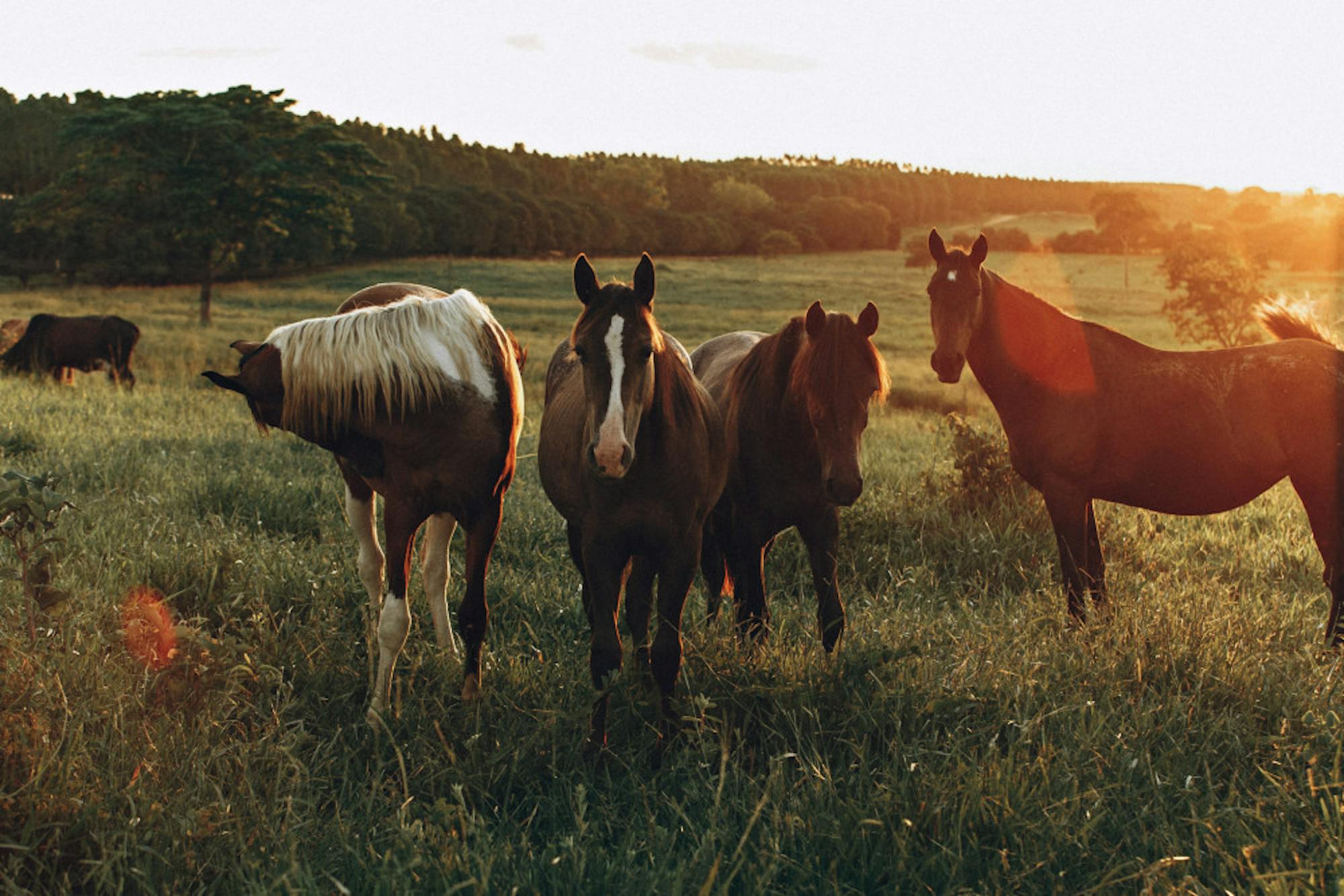An analysis of ancient animal DNA samples has helped identify the genetic homeland of modern horses from around 4,200 years ago. A team of archaeologists spent the last five years collecting thousands of horse samples — from bones to teeth — in locations where the animals could have originated. Researchers utilized radiocarbon dating to figure out the age of different samples and tracked several horse populations before, during and after domestication. By comparing these different populations, the team concluded in a recent report published in Nature thatmodern domestic horses originated from the steppes — which are grasslands located in present-day Russia — before spreading across Eurasia and replacing all preexisting horse lineages.
Further research also shows that horse populations began to proliferate soon after modern horses originated, when horse transportation grew in popularity. This new discovery also challenges preexisting notions of important human migrations in history. The Yamnaya, a culture credited with spreading Indo-European languages into Europe, were assumed to have used horses to migrate across Europe. However, genetic analysis of horses indicates that there were few domestic horse ancestors outside of the Eurasian Steppes, changing previous understanding about their role in mass human migrations.






